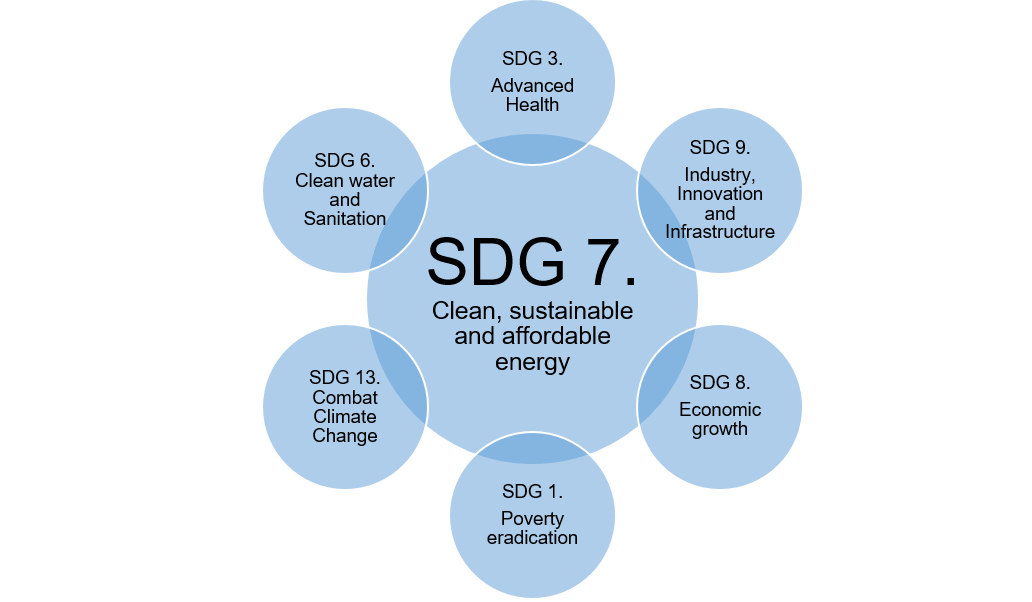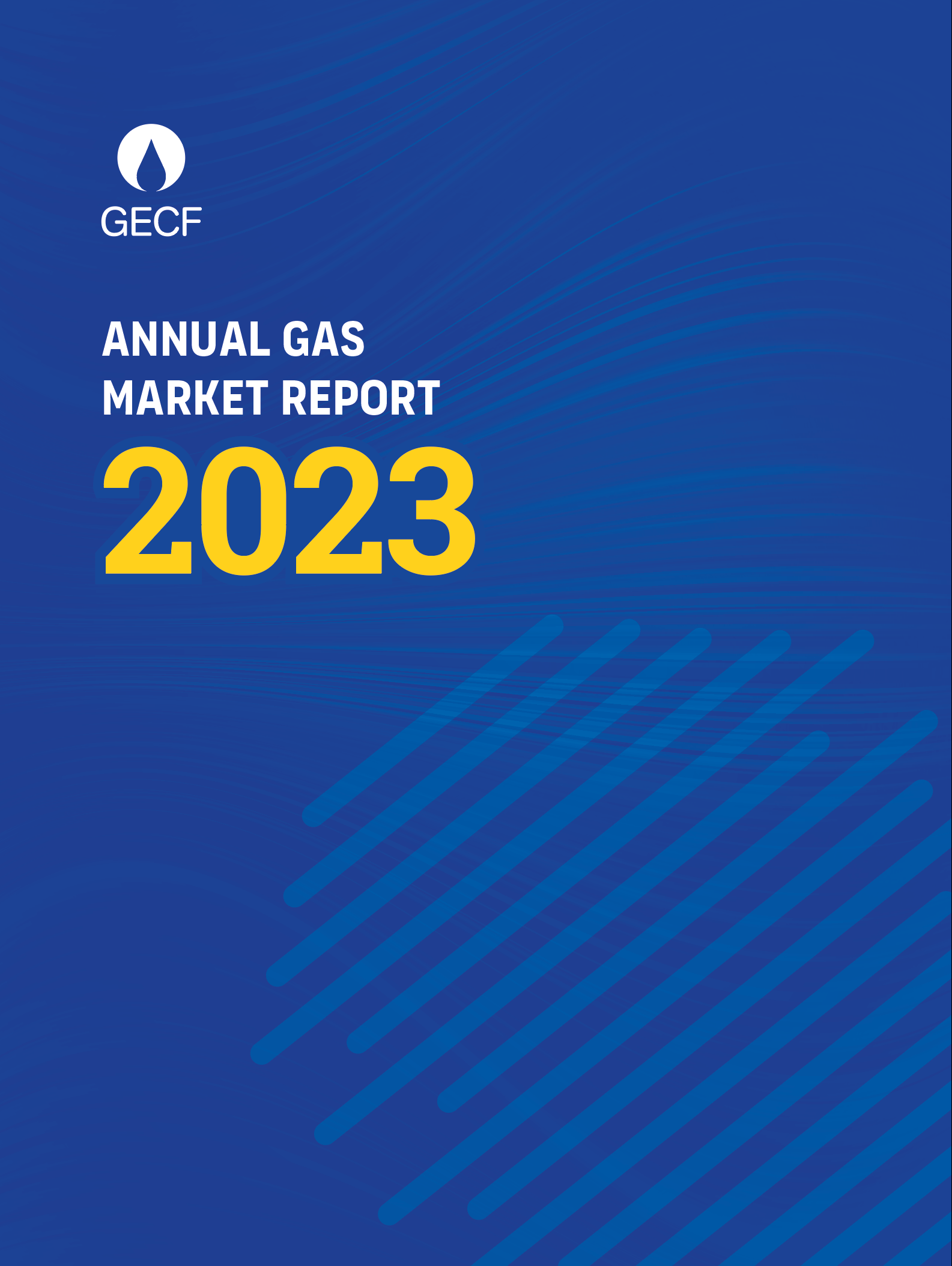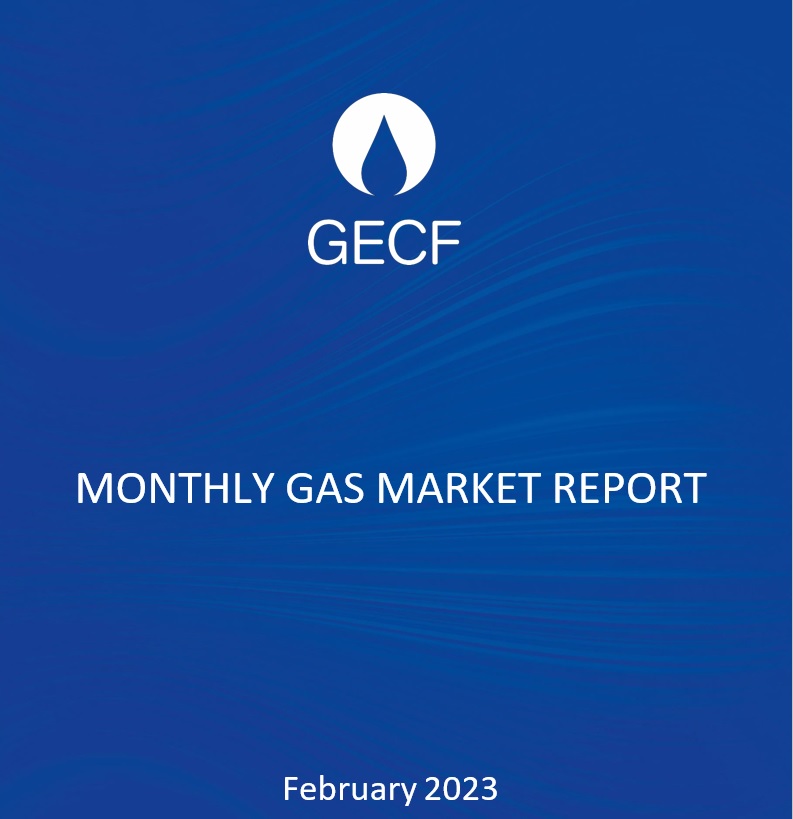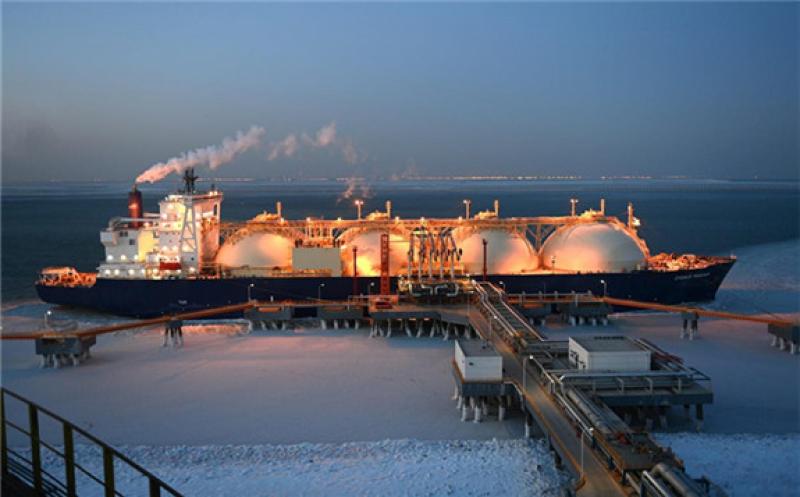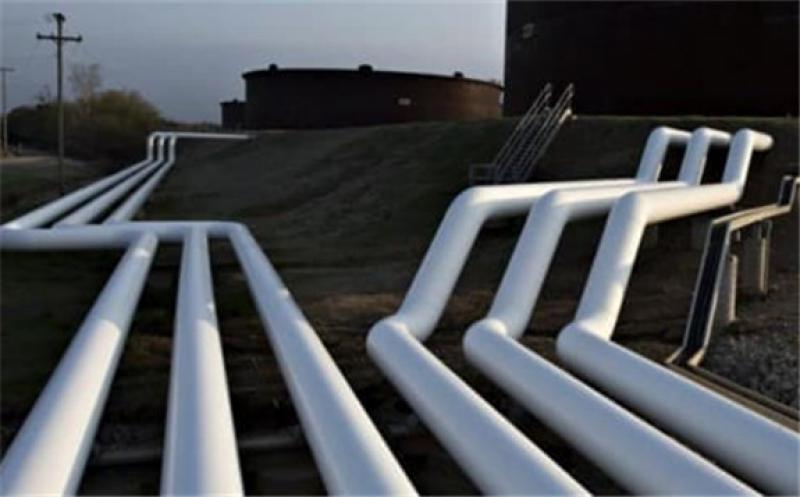Global trade tensions and their potential impact on crude demand are more significant for oil markets than recent attacks on energy infrastructure in the Middle East, according to Helima Croft, the managing director and global head of commodity strategy at RBC Capital Markets.

“We still have huge fears about demand. That is what’s weighing on this market,” Croft told CNBC’s “Squawk Box Europe” Wednesday.
“The big turn in this market this year was the resumption of the trade war (between the U.S. and China) and as long as we have these trade war fears hanging over this market, OPEC can do what they can in terms of production cuts but the question is: Can you move this market higher?”
Oil prices fell for a third consecutive day Wednesday amid a renewal of tensions between Washington and Beijing. This comes ahead of a resumption of talks between the world’s two largest economies, set for Thursday. Benchmark Brent crude futures were trading at $58.09 per barrel Wednesday morning, while U.S. West Texas Intermediate (WTI) was trading at $52.49 per barrel.
Over the last 12 months, Brent crude prices have fallen from a peak of around $84 per barrel amid fears of a repeat of rising supply and faltering demand — the same situation that precipitated a dramatic fall in oil prices from mid-2014 to 2016. Prices stabilized largely thanks to OPEC and non-OPEC producers, including Russia, agreeing a deal in late 2016 to limit production.
Nonetheless, resurgent U.S. shale supply and crude stockpiles have pointed to another glut at the same time as demand falters due to the ongoing trade dispute.
OPEC and non-OPEC producers have stuck the course, however, and re-affirmed their commitment to cutting production in July, extending output cuts to March 2020.
The next significant meeting of OPEC and non-OPEC producers will take place in December. Croft noted that current oil prices are not where most members of the oil-producing group would like them to be.
“Prices are nowhere where the producers want at this point. Many producers have break-even prices for their fiscal budgets (that are) in the $80s. So the current price environment is not good for most of the OPEC countries,” she said.
“The question is does OPEC do a bigger collective cut and does Saudi Arabia, the driver of OPEC policy, take more on their back or are they able to get better compliance (from other producers to cut output)?”
Croft said that the so-called “OPEC+” alliance might be wary about deepening a cut to production in case it exacerbates what she saw as “over-arching fears about demand” that are affecting market sentiment.
“If you (the OPEC+ group) do a bigger cut in December are you also signaling that it’s a really tough demand environment?,” she said.
Last month, drone and missile attacks, claimed by Yemen’s Houthi rebels, shut down half of Saudi Arabia’s oil production. Saudi Arabia and the U.S. have suggested that Iran had a role in, or was responsible for, the strike on Saudi Aramco’s Abqaiq and Khurais oil facility. Iran has denied the accusations, calling them “meaningless” and “pointless.” Other attacks on Middle East energy infrastructure this summer included the targeting of an oil tanker in the Gulf of Oman in June that sent oil prices 2% higher.
Speaking to CNBC, Croft said that oil markets had largely “shrugged off” these incidents. “Right now, the market is really discounting quite serious political risk in the largest production zone in the world (the Middle East) because they’re very concerned about demand,” she said.
